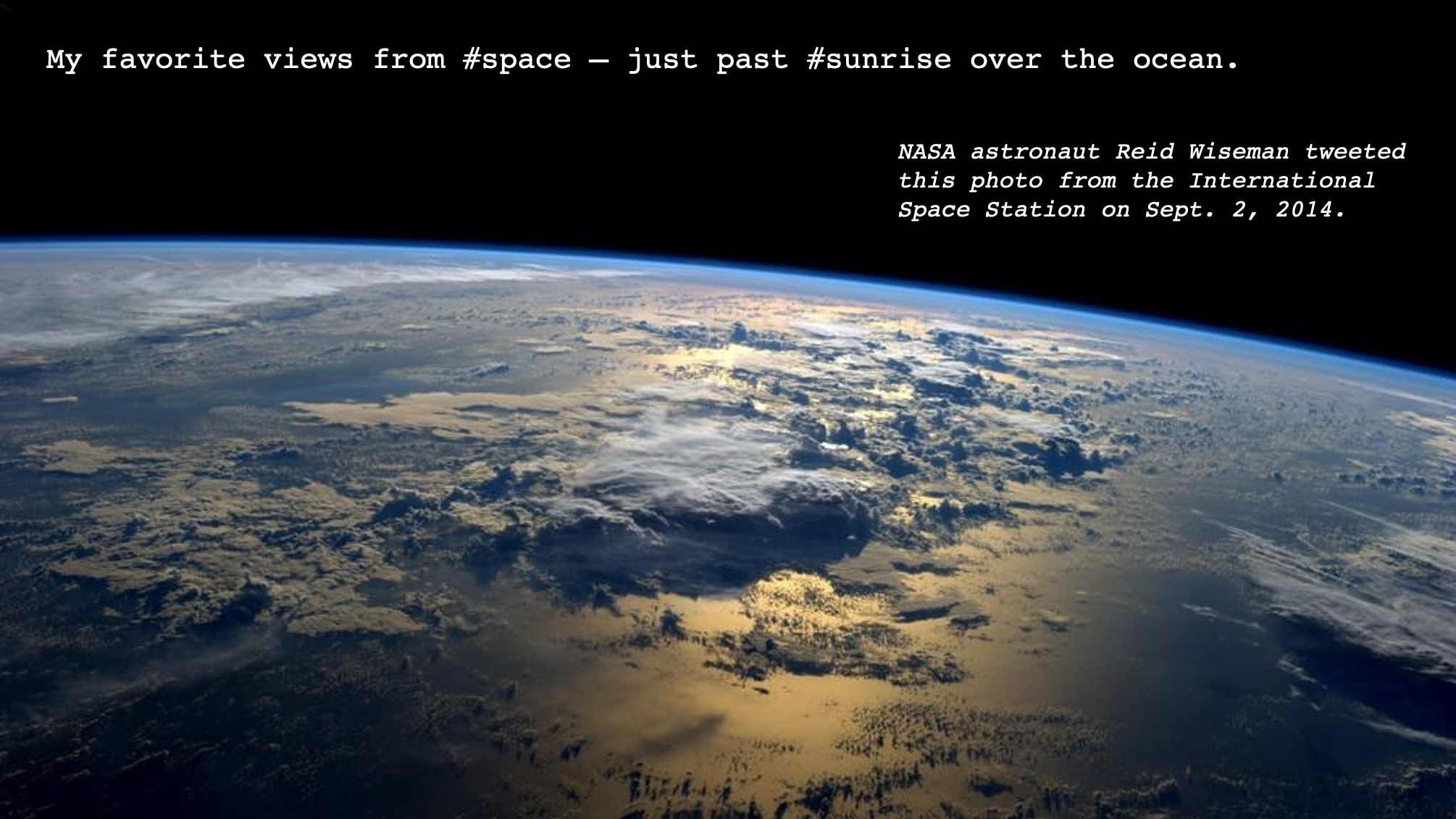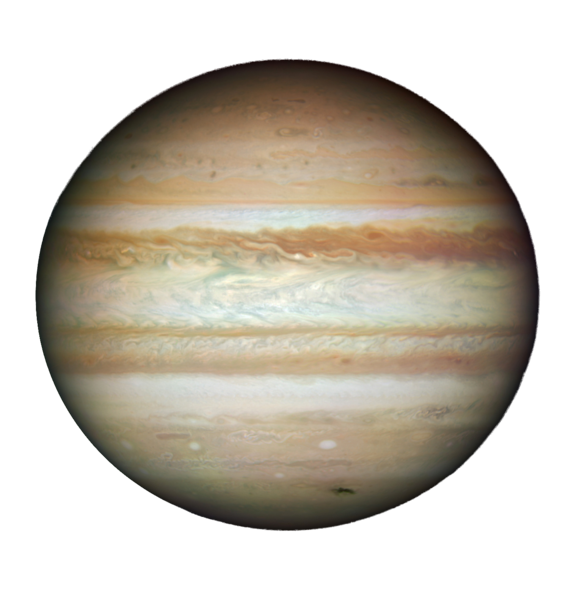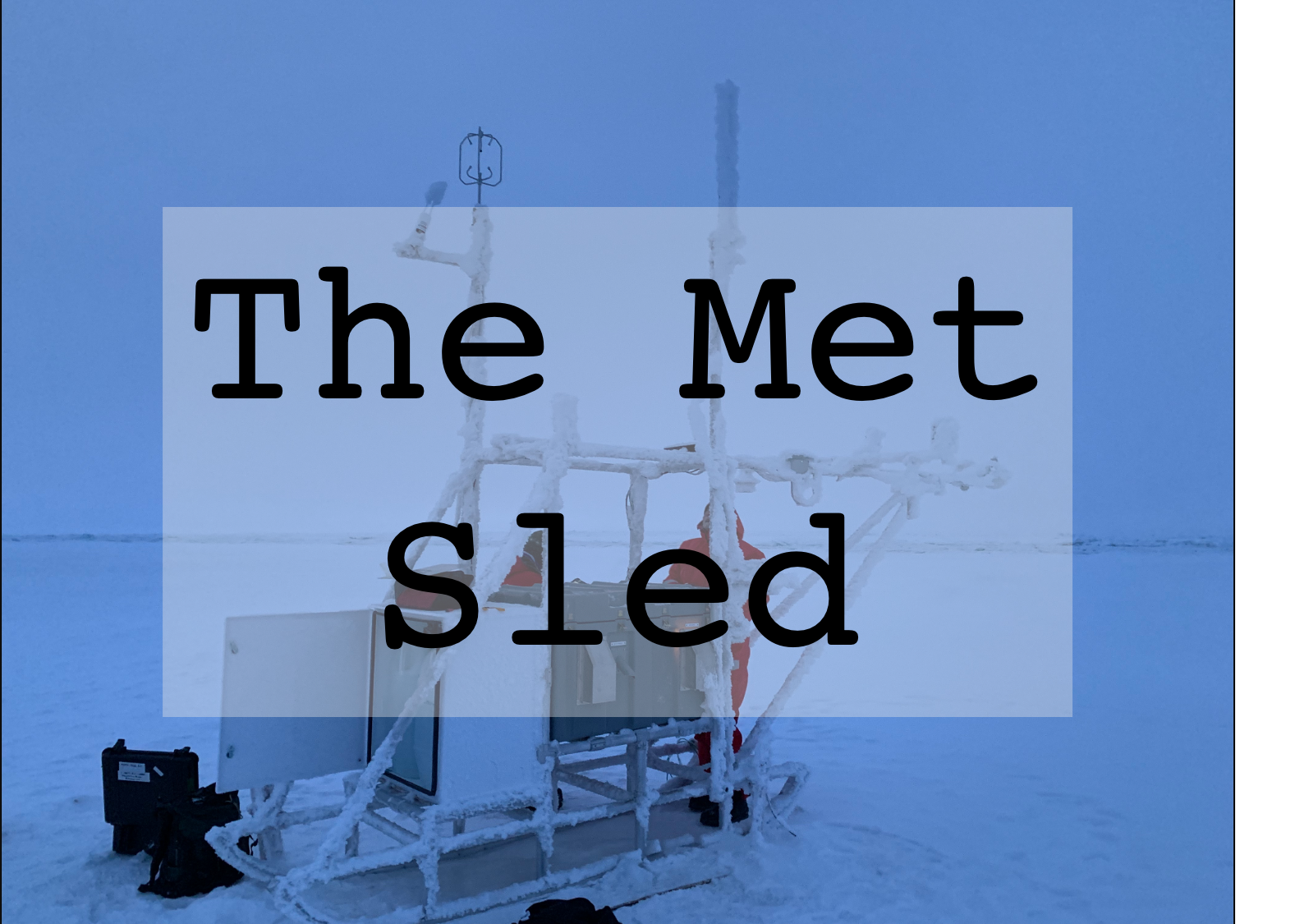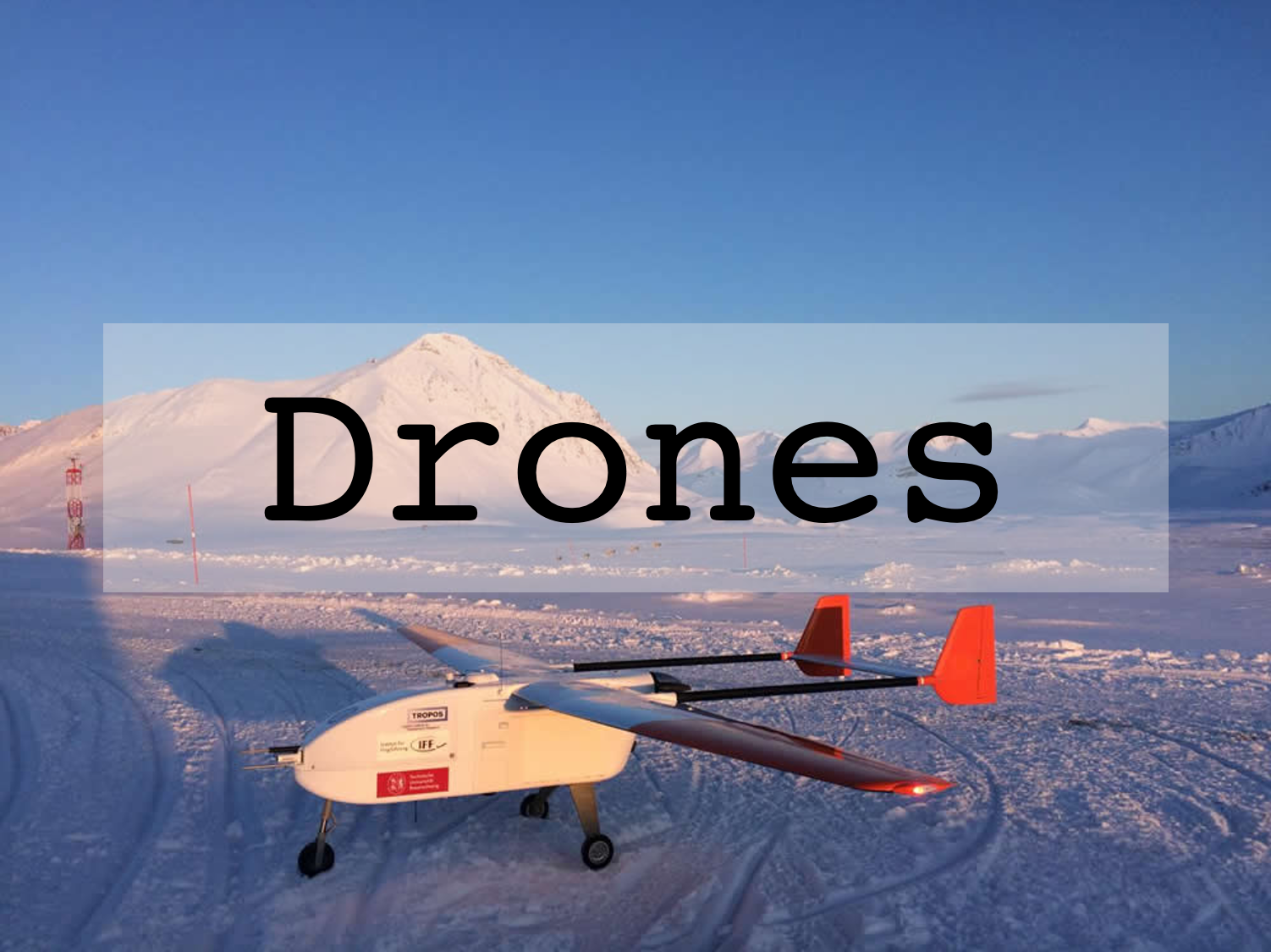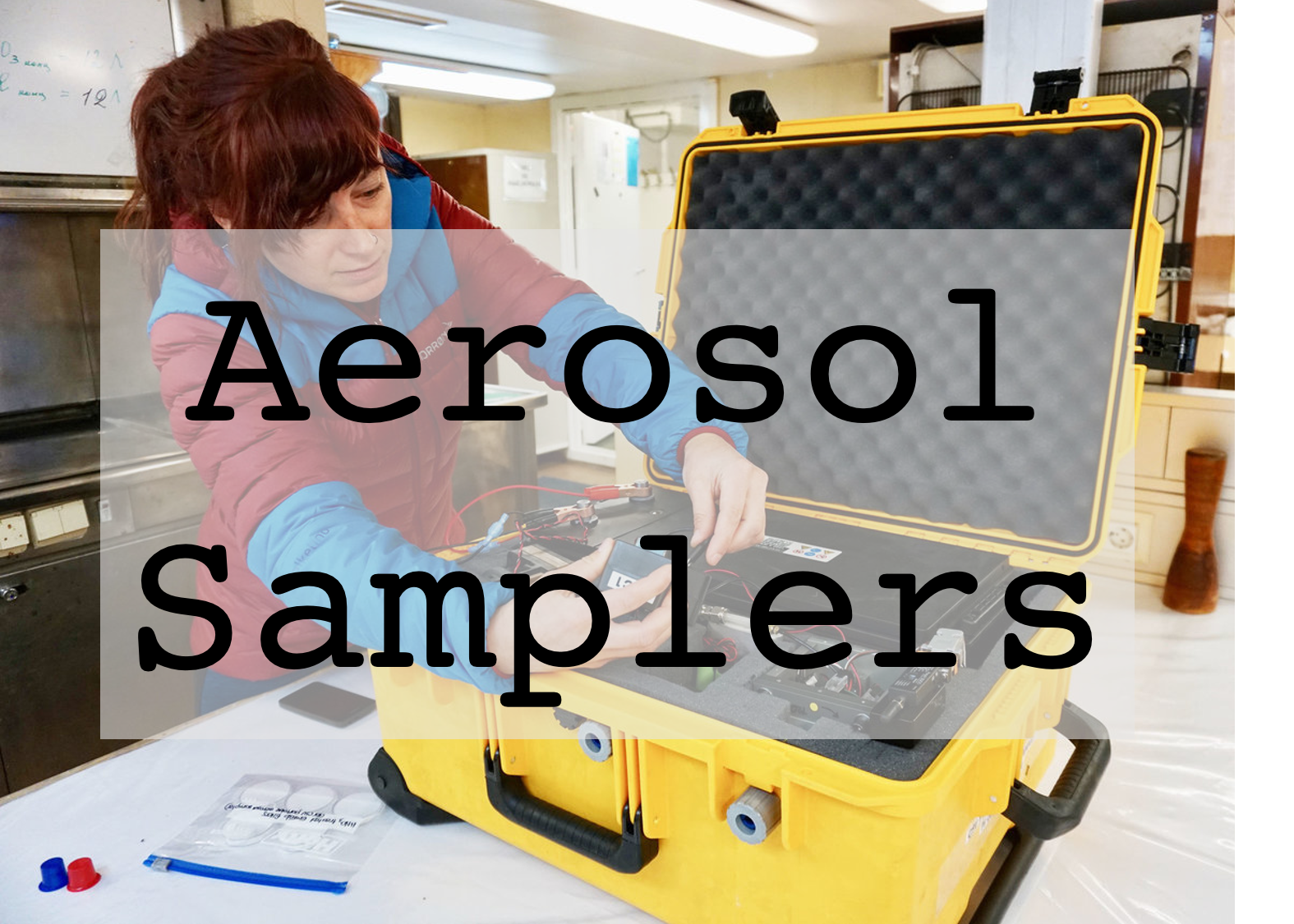MOSAiC Science Focus Area: The Atmosphere, Part 1
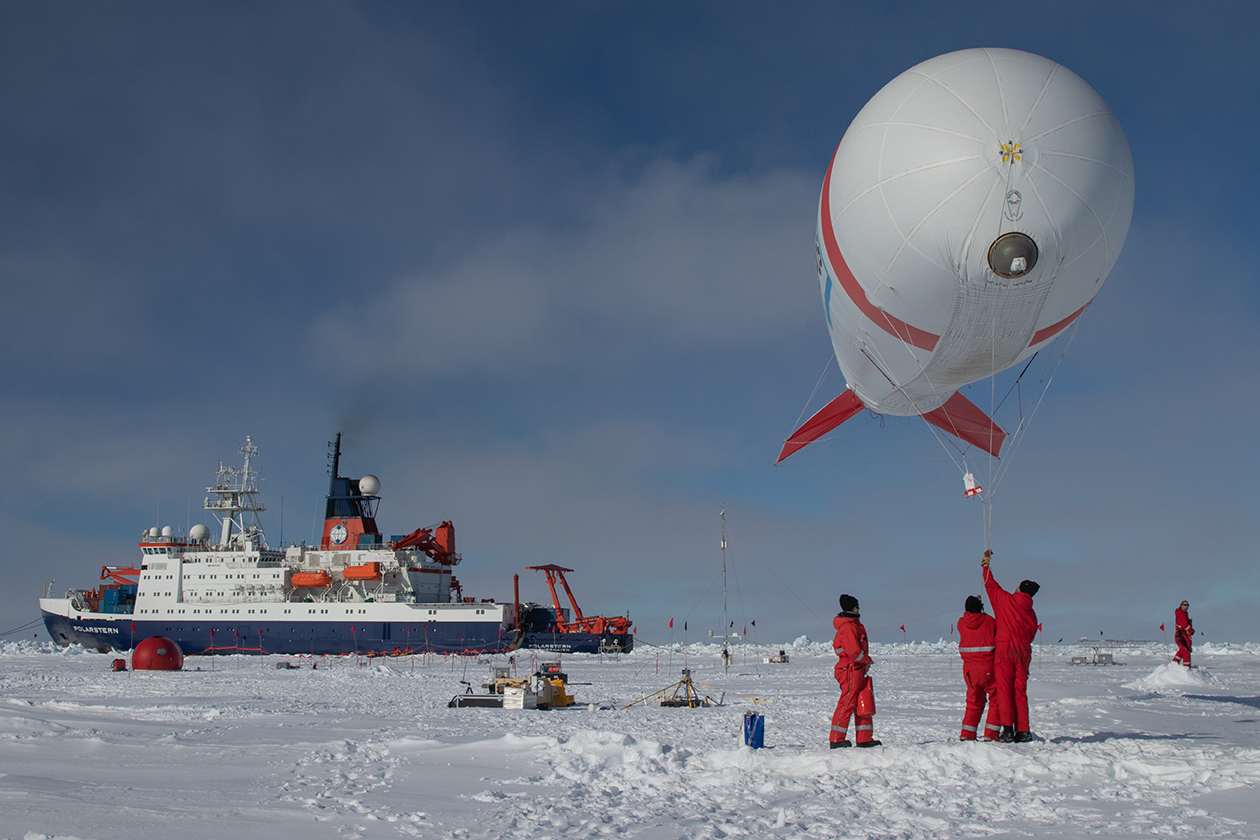
The earth as viewed from the International Space Station orbiting 250 miles (400 km) above, is breathtaking. Speaking of taking breaths, see that very thin bluish layer atop the earth visible against the black of outer space? That's our beloved atmosphere. Earth's atmosphere is roughly 60 miles (almost 100 km) thick (about the width of the big island of Hawaii!) - a thin, fragile veneer of life-giving air that allows us to breathe, keeps us warm, makes air travel possible, and brings us weather.
MOSAiC scientists are keenly interested in understanding atmospheric processes in the Arctic and the connection between the atmosphere, sea ice, ocean, and ecosystems. Over the next couple of weeks, we'll explore what's going on in the earth's atmosphere and why MOSAiC scientists care. Photo credit: AWI
Learn more about Earth's atmosphere
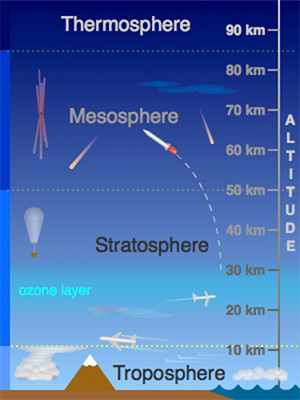
You'll love this place - it's got great atmosphere
The atmosphere isn't just a uniform layer of static air surrounding our planet. It's a complex and dynamic system that's wildly different from top to bottom. We mentioned that the atmosphere is incredibly thin--about 60 miles thick--but most of the mass of the atmosphere (~78% nitrogen, 21% oxygen, and small amounts of other gases) is in the bottom layer extending from Earth's surface 6 miles up! This layer is known as the troposphere, and is the layer we (fortunately) exist in. The troposphere is a cool place - well, warm at the bottom and cooler near the top. It is where most kinds of clouds exist and almost all of Earth's weather occurs. Airplanes fly right at the upper boundary of the troposphere as to be above all of the weather that could result in an undesirably bumpy ride. Figure credit: Randy Russell, UCAR
 Quick Bite: Alien Atmospheres
Quick Bite: Alien Atmospheres
Do other planets in our solar system have atmospheres? If so, how to they compare to Earth's? Check out the table below, which lists various objects in our solar system and the composition of their atmospheres (it does not list the total mass of each object's atmosphere, which varies widely - find that information here). Pick an object other than Earth, and describe how the composition of its atmosphere compares to Earth's. Is it similar or different? Why do you think this is? If life existed on this object, how do you think it would be similar or different to life on Earth? Image of Jupiter: NASA, ESA, M. Wong, H.B. Hammel, Jupiter Impact Team
Objects in our solar system and the composition of their atmospheres:
(adapted from NASA Space Math)
| Object | Carbon dioxide | Nitrogen | Oxygen | Argon | Methane | Sodium | Hydrogen | Helium | Other |
| Sun | 71% | 26% | 3% | ||||||
| Mercury | 42% | 22% | 22% | 6% | 8% | ||||
| Venus | 96% | 4% | |||||||
| Earth | 78% | 21% | 1% | <1% | |||||
| Moon | 70% | 1% | 29% | ||||||
| Mars | 95% | 2.7% | 1.6% | 0.7% | |||||
| Jupiter | 89.8% | 10.2% | |||||||
| Saturn | 96.3% | 3.2% | 0.5% | ||||||
| Uranus | 2.3% | 82.5% | 15.2% | ||||||
| Neptune | 1.0% | 80% | 19% | ||||||
| Pluto | 8% | 90% | 2% |

![]()
![]()
Studying the Arctic Atmosphere
The atmosphere is a key component of Earth's climate system, and so is the Arctic. Greenhouse gases in the atmosphere like carbon dioxide, methane, and water vapor help keep the earth warm and habitable for us, but can cause things to get too warm when their concentrations increase. Tiny little solid particles or liquid droplets in the atmosphere called aerosols (e.g., dust) can impact the amount of sunlight reaching the earth's surface and are also very important for the formation of clouds. The atmosphere, ocean, and sea ice in the Arctic are intimately connected by processes like the water cycle. Increasing our understanding of atmospheric processes, particularly in the Arctic, is key for improving global climate models.
 In the Classroom: How are MOSAiC scientists studying the atmosphere in the Arctic?
In the Classroom: How are MOSAiC scientists studying the atmosphere in the Arctic?
Click on the pictures below to read articles or blog posts describing some of the instruments MOSAiC scientists are using to study the Arctic atmosphere. Then, draw a picture of your favorite instrument and annotate it - that is, draw arrows to parts of the instrument and write a brief description describing them and what their function is.
Extra credit: Submit your drawings to be showcased in the Museum of MOSAiC Art!
Photo credits (TL): Anne Gold; (TR): Esther Horvath; (BL): Konrad Barfuss; (BR): Ravenna Koenig/NPR
![]()
![]()

 #askmosaic: Sick at Sea
#askmosaic: Sick at Sea
This question was submitted by Derek from Middleton Middle School: If someone gets seasick on the ship is there anything they can do except wait until the next supply ship comes?
The Polarstern is locked in the ice so that it barely moves at all. Thus, luckily, people have not been getting seasick while out at the MOSAiC site. On the other hand, on our re-supply voyages between Norway and the Polarstern, we have experienced some pretty big waves and the re-supply ships have moved quite a bit. Some people do get seasick from all of this movement. Sometimes people can take medicine to help with this sickness, and other times it is just best to lay down in bed. Thankfully the bumpy voyage in open water is usually only a couple of days long so that people do not have to be seasick for too long!
-Matthew Shupe, University of Colorado, MOSAiC Team Atmosphere and expedition co-coordinator

On a similar note, Corbett from Middleton Middle School wants to know: If somebody gets sick, do they send another person to fill in for him/her?
If people get sick onboard Polarstern they are taken care of by a doctor. The doctor can help address the sickness, provide medicines if needed, and generally support the sick person until they are well again. Unfortunately the MOSAiC ship is so far away from land that it is not typically possible to exchange people to fill in for others that are sick. While someone is sick onboard the ship, the other people onboard will help to cover for the sick person until they are well enough to do their work again.
-Matthew Shupe, University of Colorado, MOSAiC Team Atmosphere and expedition co-coordinator
Photo: On Polarstern, there is a hospital with doctor’s office, surgery room, accommodation for patients, and an emergency station, which is managed by our doctor and nurse. For Polarstern expeditions, we need a surgeon with broad expertise and these requirements are met by Prof. Dr. med. Miersch (pictured). He is a surgeon, urologist, and emergency doctor. Photo credit: Esther Horvath
Submit your #askmosaic questions!
 MOSAiC Weekly Tracking
MOSAiC Weekly Tracking
Plot the Polarstern
Each week we will provide you with the latitude and longitude coordinates of the Polarstern so that your students can track its journey across the Arctic in your classroom.
Download the map to plot coordinates
Download a larger map of the Arctic for a bigger picture view of the expedition area
Location of the Polarstern
| Date | Latitude | Longitude |
| September 16, 2019 | 69.68 N | 18.99 E |
| September 23, 2019 | 72.31 N | 26.93 E |
| September 30, 2019 | 85.12 N | 138.05 E |
| October 4, 2019** | 85.08 N | 134.43 E |
| October 7, 2019 | 85.10 N | 133.82 E |
| October 14, 2019 | 84.85 N | 135.03 E |
| October 21, 2019 | 84.97 N | 132.73 E |
| October 28, 2019 | 85.47 N | 127.07 E |
| November 4, 2019 | 85.88 N | 121.70 E |
| November 11, 2019 | 85.82 N | 116.00 E |
| November 18, 2019 | 86.05 N | 122.43 E |
| November 25, 2019 | 85.85 N | 121.35 E |
| December 2, 2019 | 85.97 N | 112.95 E |
| December 9, 2019 | 86.25 N | 121.40 E |
| December 16, 2019 | 86.62 N | 118.12 E |
| December 23, 2019 | 86.63 N | 113.20 E |
| December 30, 2019 | 86.58 N | 117.13 E |
| January 6, 2020 | 87.10 N | 115.10 E |
| January 13, 2020 | 87.35 N | 106.63 E |
| January 20, 2020 | 87.42 N | 97.77 E |
| January 27, 2020 | 87.43 N | 95.82 E |
| February 3, 2020 | 87.42 N | 93.65 E |
| February 10, 2020 | 87.78 N | 91.52 E |
| February 17, 2020 | 88.07 N | 78.52 E |
| February 24, 2020 | 88.58 N | 52.87 E |
**Day when MOSAiC reached the ice floe that the Polarstern will become frozen in and drift with for the next year.
Log MOSAiC Data
Keep track of Arctic conditions over the course of the expedition:
Download Data Logbook for Sept. 2019 - Dec. 2019
Download Data Logbook for Dec. 2019 - Mar. 2020
| Date | Length of day (hrs) | Air temperature (deg C) at location of Polarstern | Arctic Sea Ice Extent (million km2) |
| September 16, 2019 | 13.25 | High: 10 Low: 4.4 | 3.9 |
| September 23, 2019 | 12.35 | High: 6 Low: -1 | 4.1 |
| September 30, 2019 | 9.1 | -4.7 | 4.4 |
| October 4, 2019** | 6.27 | -13.0 | 4.5 |
| October 7, 2019 | 3.05 | -8.2 | 4.6 |
| October 14, 2019 | 0 | -14.7 | 4.8 |
| October 21, 2019 | 0 | -12.8 | 5.4 |
| October 28, 2019 | 0 | -18.3 | 6.8 |
| November 4, 2019 | 0 | -18.9 | 8.0 |
| November 11, 2019 | 0 | -25.5 | 8.7 |
| November 18, 2019 | 0 | -10.7 | 9.3 |
| November 25, 2019 | 0 | -18.4 | 10.0 |
| December 2, 2019 | 0 | -26.6 | 10.4 |
| December 9, 2019 | 0 | -23.1 | 11.2 |
| December 16, 2019 | 0 | -19.2 | 11.8 |
| December 23, 2019 | 0 | -26.9 | 12.2 |
| December 30, 2019 | 0 | -26.4 | 12.6 |
| January 6, 2020 | 0 | -28.0 | 13.0 |
| January 13, 2020 | 0 | -30.7 | 13.1 |
| January 20, 2020 | 0 | -27.1 | 13.6 |
| January 27, 2020 | 0 | -22.5 | 13.8 |
| February 3, 2020 | 0 | -28.8 | 14.1 |
| February 10, 2020 | 0 | -26.2 | 14.5 |
| February 17, 2020 | 0 | -31.9 | 14.4 |
| February 24, 2020 | 0 | -24.0 | 14.6 |
*Note: We expect data to fall within the following ranges: Length of day, 0-24 hours; Temperature, -40 to 14 degrees C; Sea ice extent, 3-15 million km2
**Day when MOSAiC reached the ice floe that the Polarstern will become frozen in and drift with for the next year.
Contribute to the Museum of MOSAiC Art (MoMOA)
Do you like to draw, paint, sculpt, take photos, build models, knit, sew, write poetry, or engage in any other kind of creative endeavor? We want you to send us photos or scans of your MOSAiC-themed artwork! You can use any artistic medium you like and submit as many creations as you wish to the following categories:
- How the Arctic affects you
- Arctic exploration
- People of the Arctic
- MOSAiC science
- Arctic flora and fauna
- Arctic land and seascapes
- Life on an Arctic icebreaker
- Abstract Arctic
- Other
We'll be showcasing your artwork in the new virtual Museum of MOSAiC Art (MoMOA). Submit photos or scans of your artwork using the submission form below (open to all ages)!
Submit your artwork
Check out the Museum of MOSAiC Art
Questions? Email us with the subject line "MOSAiC Art": mosaic@colorado.edu
Opportunities for Students and Educators
MOSAiC + Reach the World
Exciting news! The MOSAiC education & outreach team is partnering with Reach the World to connect more classrooms to the MOSAiC expedition. Over the coming months, Reach the World will share MOSAiC team members' incredible stories about the expedition, its research, and the everyday challenges of life in the Arctic.
This week, MOSAiC Team Sea Ice member Maddie Smith shares what it's like in the harsh Arctic environment as well as why and how she studies sea ice.
Read Maddie's Field Notes to learn more about the harsh Central Arctic environment
Learn how and why Maddie studies sea ice
Watch Maddie's classroom video call from February 20th
 MOSAiC Monday and the NGSS
MOSAiC Monday and the NGSS
What do those funny symbols below some engagements mean?
Good news for educators in the U.S. teaching with the Next Generation Science Standards (NGSS) or similar! We will now be tagging MOSAiC Monday engagements with the NGSS Disciplinary Core Idea subject(s), Science and Engineering Practice(s), and Crosscutting Concept(s) that they most closely connect to. Look for these symbols listed below each engagement:
Disciplinary Core Idea Subjects
Science and Engineering Practices (adopted from the San Diego County Office of Education Science Resource Center)
Crosscutting Concepts (adopted from the San Diego County Office of Education Science Resource Center)
Is there something you'd like to see in MOSAiC Monday? Let us know!
Send us your feedback
New to MOSAiC Monday? Check out past editions!
Browse more expedition-related educational resources, videos, and blogs
Email us! mosaic@colorado.edu


